Japandi is the latest trend in the world of architecture and design this year. It is a hybrid design trend that brings together a harmonious blend of Japanese minimalism and Scandinavian elegance to create an eclectic look of its own. Both these designs have their individual elements but have a prime focus on simplicity, comfort, and natural material. House Interior designers in Pakistan have been actively using this artistic fusion of styles to create the perfect mix of form and function inside homes. If you’re looking to explore this new trend for your bedroom, here’s a list of some essential Japandi elements.
Light Filled Spaces
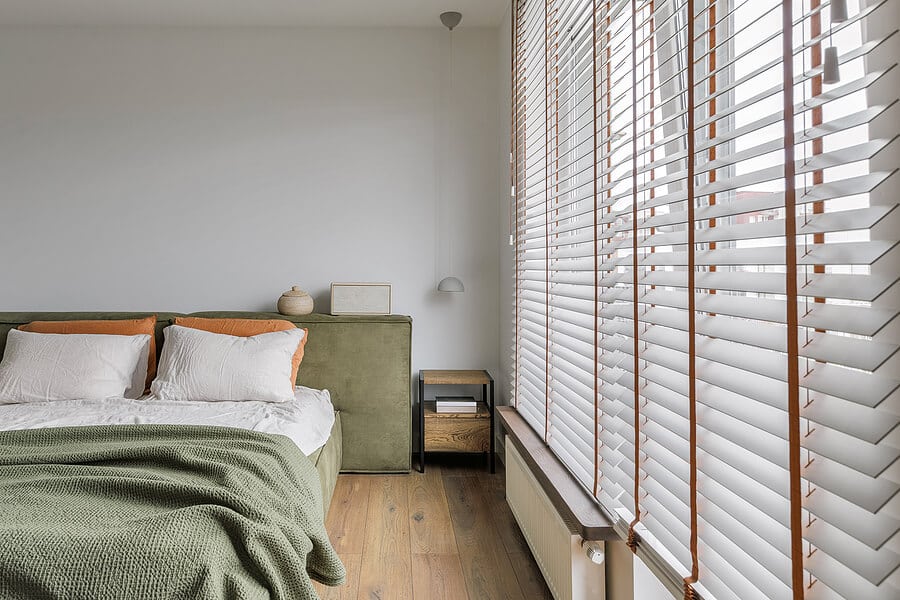
Tranquility is the key when it comes to setting up a beautiful Japandi bedroom. Soft soothing colors, muted earthy vines and a sense of being close to nature ads up to the relaxing décor. One main element that sets the Japandi style apart is its focus on creating light filled spaces. Natural light has a soothing impact on our bodies and sleep cycles, helping boost the feeling of peace and tranquility. Therefore, architects working with this trend support having multiple large windows in the room, adding skylights and attached terraces to keep the room illuminated. In a country like Pakistan, where the summers are long and severe, the windows are built with the North-South orientation, minimizing direct heat from the sun, while ensuring that there is sufficient natural light to keep the room bright during the day.
Minimum Accessories
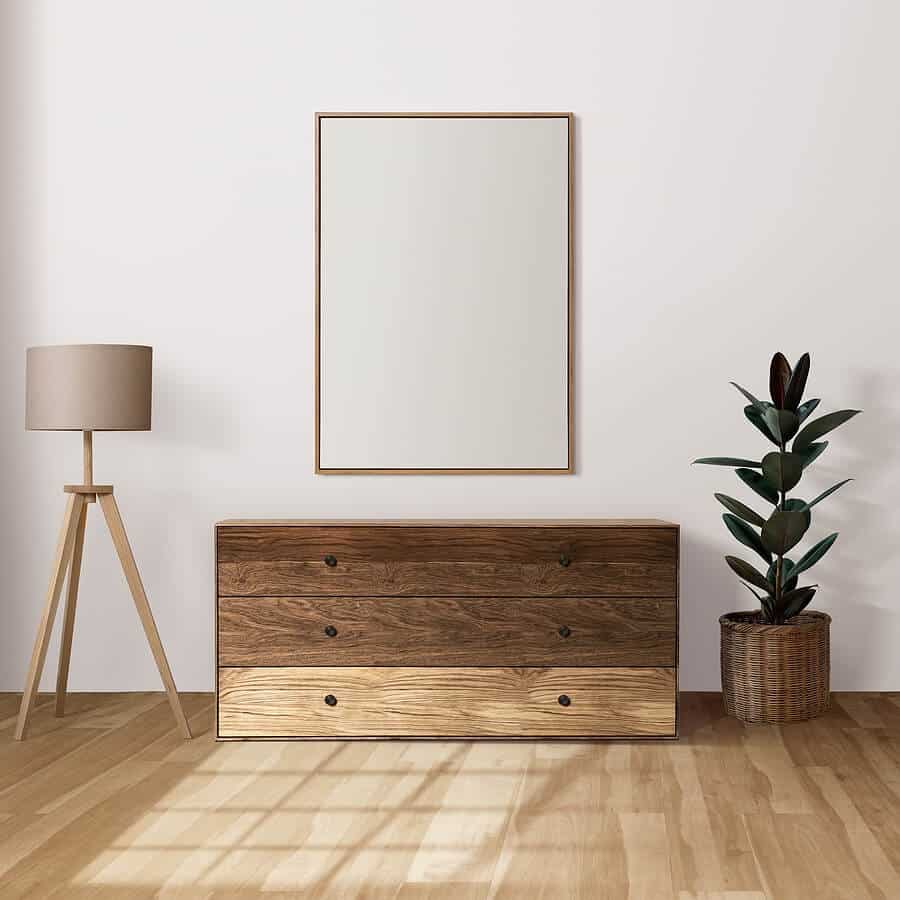
From Japanese to Scandinavian, both designs advocate simplicity and a minimalistic approach in décor. A Japandi bedroom is essentially not extravagant in any aspect. It doesn’t support any forms of lavish decorations or accessories, including bold art frames, large side table lamps, designed window treatment or crystal chandeliers. As such, the design stocks up on things that encourage relaxation without creating clutter in the room or adding statement pieces. For example, to decorate a Japandi bedroom, a neutral colored Terra rug, ceramic totem vase and a beautiful white ash basket by the side of the Ida table lamp would be enough to accessorize this hybrid bedroom. So keep it simple, keep it minimalistic and let yourself relax in a bedroom that has nothing but serenity to offer, even in its décor.
A Warm Neutral Tone
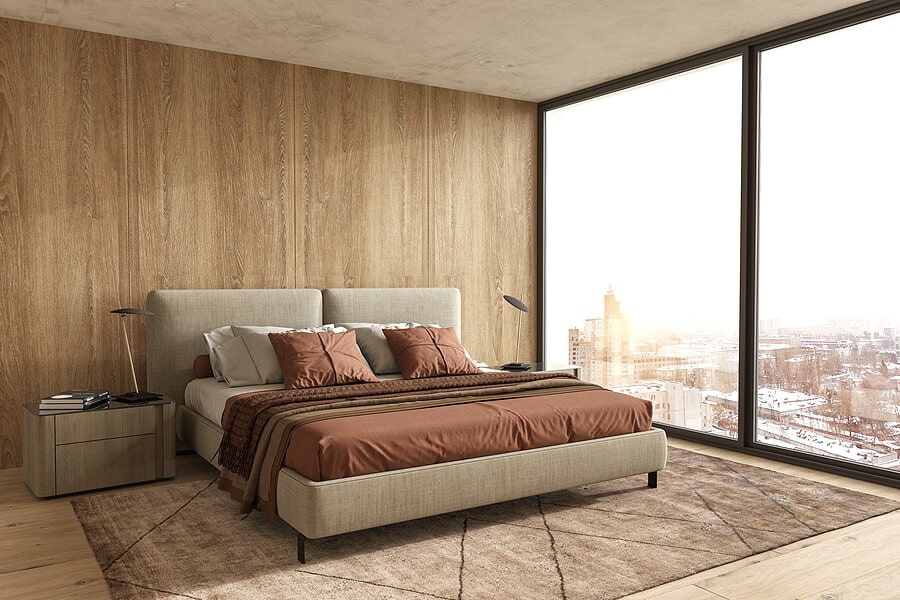
When it comes to opting for the right Japandi color scheme, you have to ensure that it represents a soothing balance between the earthy Scandinavian tones and the traditional warm hues of the Japanese color pallet. Make the two palettes work together in unison, by choosing calmer tones and paler shades as background colors, and reserving the darker shades for the main furniture and soft furnishings. A bedroom showcasing the Japandi design would preferably have neutral or warm-toned walls including sage green, beige or mild tones of grey paired with the traditional Japanese hardwood flooring to invigorate the natural vibe of the design, and dark-toned timber furniture to add the required depth and edge to the room. Interior designers of Lahore are also of the view that with Japandi, it is all about keeping both the styles incorporated in proportion to making it the calmest room of the house.
Natural Materials
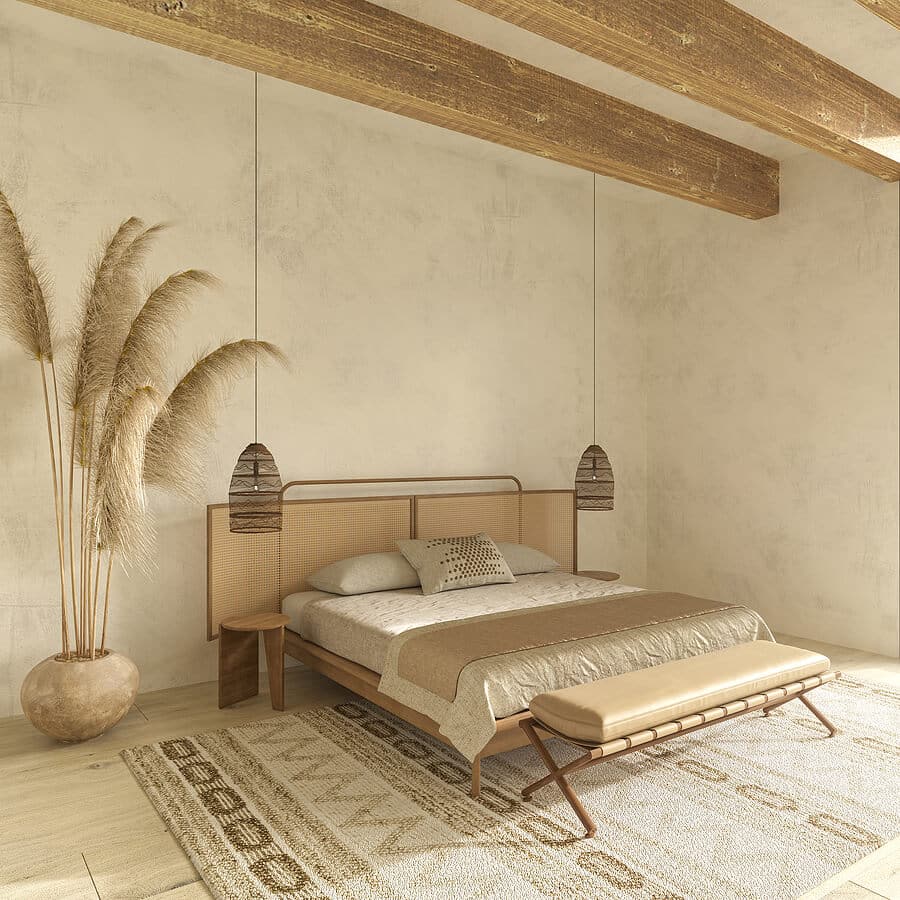
The internal environment that you are exposed to is largely impacted by the type of material used in constructing the building. That is why in a Japandi design, a lot of importance is given to the choice of material used in the construction. People are more aware of the sustainable choices and their health-related benefits because of which it is not just the architectural design but also the personal preference of the clients to use indoor materials that promote a healthy environment. In the Japandi trend, from flooring to walls to ceilings, everything primarily uses natural building materials, including wood, bamboo, clay bricks, and recycled aluminum etc. These materials have a minimum amount of toxins in them and contribute to the wellness of the house as well as the inhabitants.
Low Slung Furniture
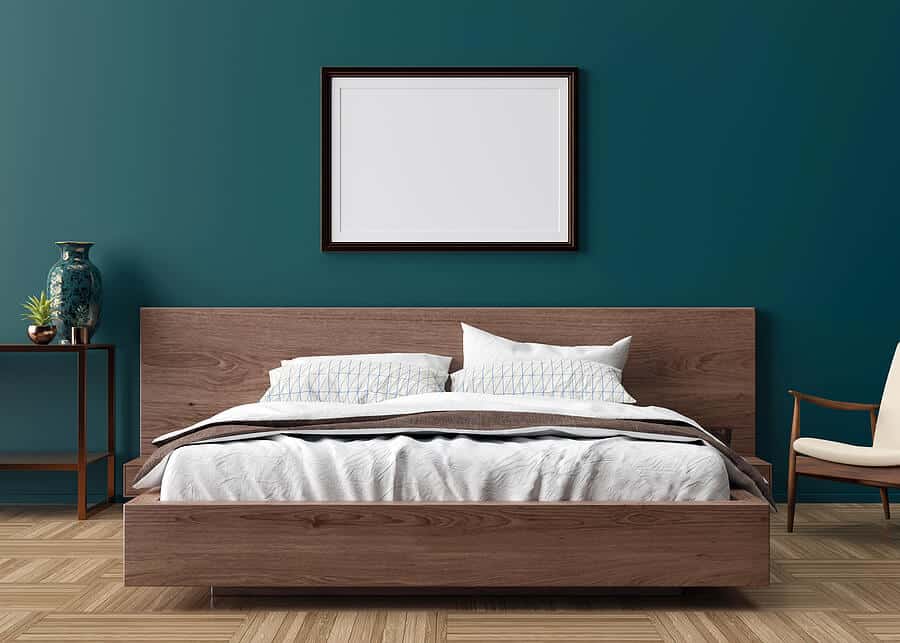
When it comes to the furniture, Japandi-style has the low-slung pieces to complete the look, as they sync harmoniously with the design philosophy and suit the aesthetic perfectly. Also, somewhere in-between a Japanese-style futon and a low-rise Scandi-style bed, the advantage of having a low bed is that it makes the room look more spacious. Same goes for the low sofas and grounded tables as they provide the essential breathing space around furniture, creating a better sense of flow within the room, as well as allowing more light to travel through the space and keeping it bright. Add in a basic futon, a pair of rustic sides, the must-have wooden low bench and you are good to go. It is simple yet classy.
A Prominent Wooden Element
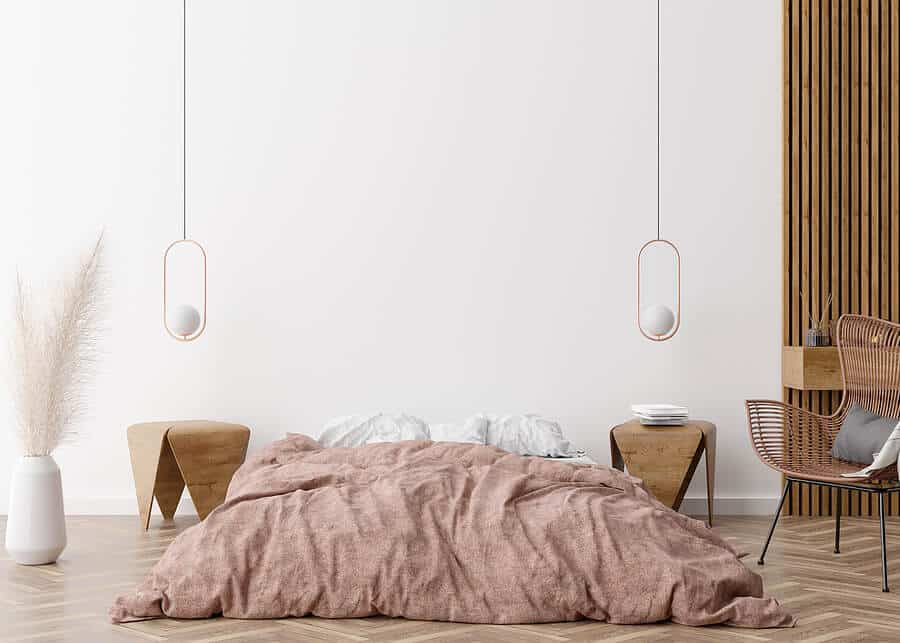
The use of wood as part of the decor is a design element quite prominently reflected in Japandi decor. From rustic timber cladding in Scandi-style oak, pine, or teak, to sleek vertical slats and panel screens made of Japanese-style Cedar, Red Pine, or Cypress, can all be easily incorporated in a Japandi bedroom. Architects use wood a lot when opting for this trend because Japandi has a strong association with nature, comfort and homeliness, all of which is reflected in the wooden craftsmanship. So add in that beautiful wooden bench, a crafted coffee table and timber paneling to enjoy the authentic Japandi vibe.
A design that is a beautiful amalgamation of not only two trends but also two cultures, Japandi is the perfect choice if you want your room to be your very own wellness sanctuary. Minimalistic décor, clutter free layout and light filled spaces will help you unwind in the most relaxing way.